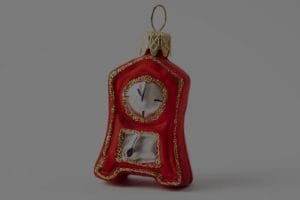**Title: Transform Your Space: Mastering Feng Shui Color Theory for Home Decor**
**Abstract:** Discover how to choose the right colors for your home using Feng Shui color theory. Create harmony and balance in your space, enhancing your well-being and energy flow.
Understanding Feng Shui Color Theory
Feng Shui, the ancient Chinese practice of arranging your environment to enhance your life, places significant emphasis on color. Each hue is believed to resonate with specific energies and emotions, influencing your mood and overall well-being. Understanding Feng Shui color theory can transform your home into a sanctuary of peace and positivity. By choosing colors mindfully, you can harness their potential to create balance and harmony in your life.
The Five Elements and Their Colors
In Feng Shui, colors are associated with the five elements: Wood, Fire, Earth, Metal, and Water. Each element corresponds to specific colors that represent its energy. For instance, green and brown symbolize Wood, invoking growth and vitality. Red, orange, and purple are linked to Fire, igniting passion and energy. Earth is represented by yellow, beige, and earthy tones, promoting stability and nourishment. Metal is depicted by white and gray, fostering clarity and precision, while blue and black represent Water, encouraging calm and introspection. By aligning your color choices with these elements, you can enhance specific areas of your life.
Creating Balance with Color Schemes
A harmonious color scheme is essential for maintaining balance in your home. Consider using a combination of colors from different elements to create a dynamic yet cohesive environment. For example, pairing earthy tones with vibrant reds can stimulate creativity while grounding the space. When selecting colors, think about the emotions you wish to evoke in each room. Soft blues can create tranquility in a bedroom, while energetic yellows can enliven a kitchen. A well-thought-out color scheme can enhance not only the aesthetic appeal of your home but also the emotional atmosphere.
Color Psychology in Feng Shui
Color psychology plays a crucial role in how we perceive our surroundings. In Feng Shui, colors are not just decorative but functional, affecting our mental and emotional states. For instance, blue is calming, making it ideal for spaces meant for relaxation, while bright colors like orange can stimulate social interaction and creativity. When choosing colors, consider the activities and emotions associated with each room. By aligning your color choices with your lifestyle, you can create spaces that support your goals and aspirations.
Practical Tips for Implementing Feng Shui Colors
To effectively incorporate Feng Shui color theory into your home decor, start small. Use accessories like cushions, curtains, or artwork to introduce new colors gradually. Observe how these changes affect your mood and the energy in your space. Additionally, consider the direction of each room, as certain colors resonate better with specific orientations. For example, warm colors are suitable for south-facing rooms to enhance energy, while cool colors work well in north-facing areas to promote relaxation. Experimentation is key—find the perfect balance that resonates with you.
Conclusion: Elevate Your Home with Feng Shui
Choosing the right colors using Feng Shui color theory can significantly impact your living environment and well-being. By understanding the relationships between colors, emotions, and the five elements, you can create a harmonious home that supports your lifestyle. Remember, your space is a reflection of your inner self; let it shine through with colors that resonate with your soul. Embrace the power of color and transform your home into a sanctuary of peace, balance, and positive energy.










